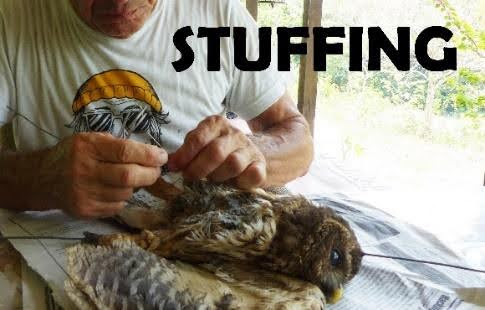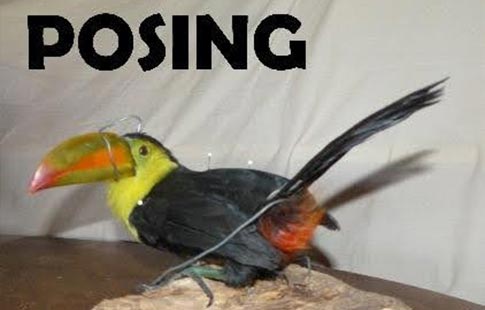Taxidermy
- Home
- Taxidermy
Taxidermy
Taxidermy as an important Tool in Education, Awareness and Conservation
The word taxidermy comes from the Greek for “arrangement of skin”, and is the art of skinning, Millions of specimens are stored in Natural History Museums, and are an essential data base of permanent physical records of extinct and or threatened species.
Taxidermy of birds involves a specialized process to preserve and mount bird specimens for display. Here are the general steps involved in bird taxidermy:
- Skinning: The first step is carefully removing the skin from the bird’s body. This process requires precision to prevent damage to the delicate skin and feathers.
- Cleaning and Preservation: The skin is cleaned to remove any flesh, fat, or oils. It is then treated with chemicals to preserve it and prevent decay.
- Mounting: A mannequin or form is used to recreate the body shape of the bird. The preserved skin is carefully placed over the mannequin to give the bird its lifelike appearance.
- Posing: The bird’s wings, legs, and head are positioned in a natural pose, giving the mounted specimen a realistic look.
- Detailing: Artificial eyes are inserted into the bird’s eye sockets, and any missing feathers or damaged areas are carefully repaired or replaced to enhance the overall appearance.
- Finishing Touches: The final steps involve grooming the feathers, painting details like beaks and feet, and ensuring that the specimen is ready for display.
Bird taxidermy requires skill, attention to detail, and an understanding of avian anatomy to create lifelike and visually appealing displays of bird specimens. It’s essential for taxidermists to follow ethical guidelines, especially concerning the sourcing of specimens and compliance with wildlife conservation laws.
More Informations
Adopt a Bird
Adopt a Bird allows you to symbolically “adopt” a bird of Belize at the Belize Natural History Archive Exhibit.
Follow Our Social Media
Nurturing Tomorrow's Stewards to Shape a Sustainable Future
Biodiversity education addresses Global Challenges, equips children with the knowledge and skills to understand complex environmental issues such as climate change, habitat loss, and species extinction. It empowers them to contribute to solutions for these challenges in the future.







